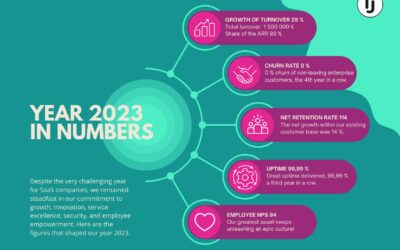Business has changed – What about the tools?
People all over the world talk constantly about change. We live in the middle of a changing environment, is a phrase that you can here or read every day. We have been in a changing environment my whole studying and working career. I think it’s a normal condition, isn’t it? But do we really understand what has changed in past 20 years?
In the late of 1980’s the usual terms in discussions were specialisation and core-competencies. After the duo Prahalad and Hamel published their successful article The Core Competencies of Corporation in Harvard Business Review (May 1990), those thoughts became even stronger in companies worldwide. That was the starting point of specialization and the change of the structure of industries. Companies had to make hard decisions; choose which business areas to concentrate on and which to cut off. The decisions were made and the wave of externalisation took place.
Business has really changed, or has it?
Different studies and our experiences tell us that today up to 80 % of the main contractors’ costs are externalised. So, we can agree that networked industries exist and will stay for a long time to come. Big companies have become lighter and they can face the economical recessions much stronger than before. With the help of lighter organisation and strategic partners companies can also grab new ideas much more flexibly than before. However, companies have lost something strategic during the change –Transparency of information and the power to make decisions. The competitive advantage of a single company lies mainly on relations with other companies. Nowadays, firms are increasingly dependent on each other.
For the sake of externalisation, the information processing across firms’ boundaries has become a success factor. Without the knowledge of your partners, such as suppliers and end customers, it’s hard to develop your own products and services. However, information systems to date do not cope with change. Systems are firm-centric, not relation-centric. Even social media does not offer real solutions for B-to-B markets. The tools social media offers are designed for individual use and do not include industrial processes’ point of views.
The tools used today to manage strategic business relations are phone, e-mail and fax (yes, it is still really used in some companies). Do we really think that we can function well with those tools in a highly networked environment? We argue three facts:
1) The lack of transparency between partners hinders effective business performance.
2) Mere data sharing does not fulfil the needs of knowledge-based businesses.
3) Shared information is not controlled and managed effectively with the old tools.
If your responsibility is to create value and to manage your company’s strategic business relations, I think you agree the arguments presented above. I’m sure that you also know what is needed. Don’t worry. It already exists.
Jarl Matti Anttila
Head of Marketing, Co-Founder
Jakamo Limited






